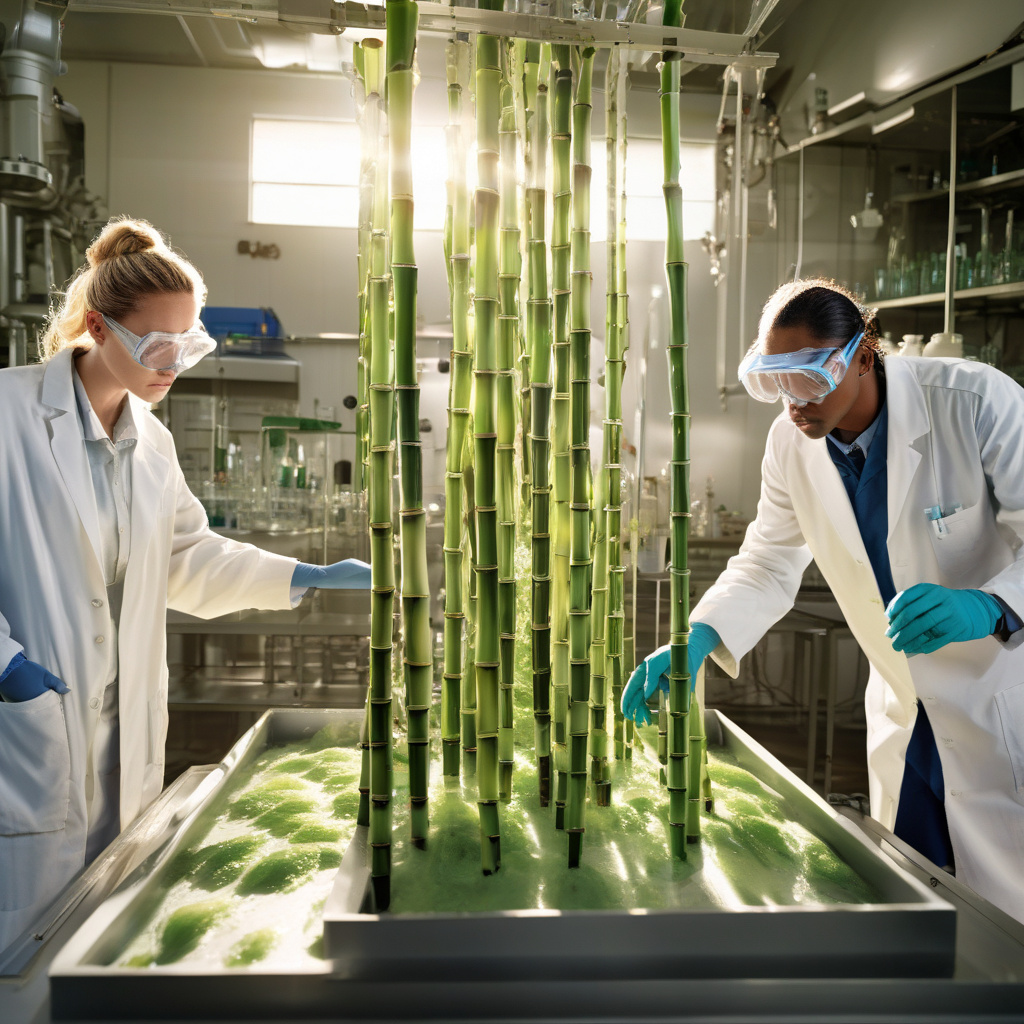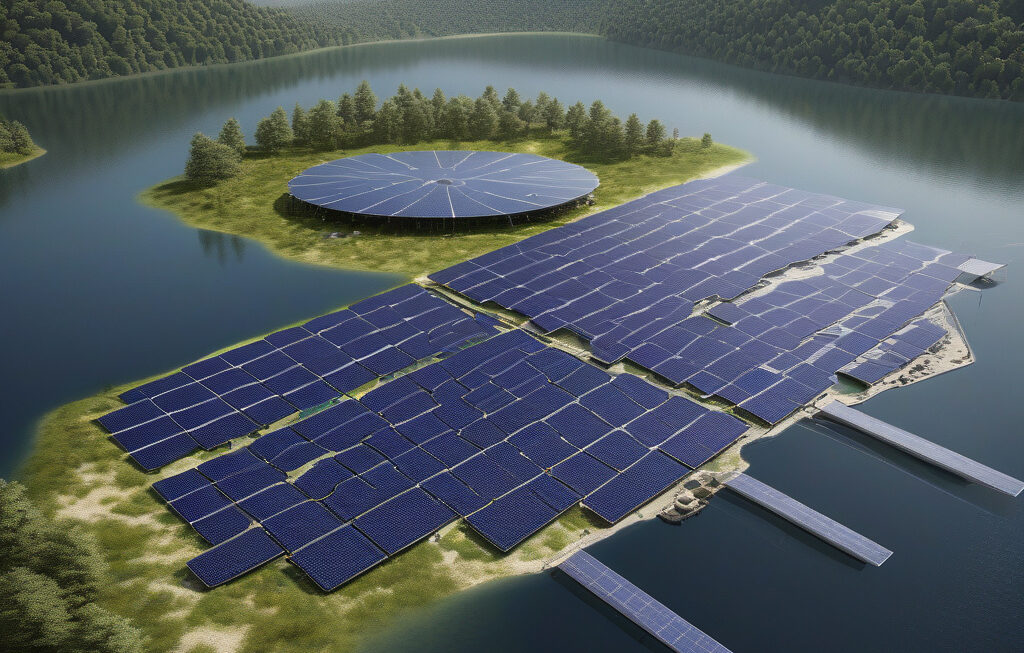Researchers Use Sunlight to Produce Four Times More Hydrogen from Sugarcane Waste
South Korean researchers have developed a new method for producing hydrogen from sugarcane, a fuel source that is abundant in many parts of the world. This innovative approach utilizes sunlight to extract hydrogen from sugarcane waste, offering a more sustainable and efficient alternative to traditional methods.
Hydrogen is a clean and versatile energy carrier that has the potential to play a key role in the transition to a low-carbon economy. However, the current methods of hydrogen production often rely on fossil fuels and can be energy-intensive and environmentally harmful. By using sugarcane waste as a feedstock and harnessing the power of sunlight, researchers have found a way to produce hydrogen in a more eco-friendly manner.
The process involves treating sugarcane bagasse, the fibrous residue left behind after the juice has been extracted from the sugarcane, with a metal catalyst. This catalyst helps break down the biomass and release hydrogen, which can then be captured and stored for use as a clean energy source. By exposing the catalyst-treated sugarcane waste to sunlight, the researchers were able to significantly increase the efficiency of the hydrogen production process.
One of the key advantages of this new method is its scalability. Sugarcane is a major crop in many countries, particularly in tropical regions, and the waste generated from sugarcane processing is often underutilized. By turning this waste into a valuable energy resource, countries with large sugarcane industries could potentially produce significant amounts of hydrogen to power vehicles, generate electricity, and more.
In addition to being environmentally friendly, the use of sugarcane waste for hydrogen production could also provide economic benefits. By valorizing a waste product and creating a new revenue stream for sugarcane producers, this technology has the potential to boost local economies and create new opportunities in the bioenergy sector.
Furthermore, the researchers behind this innovation have reported that their method can produce up to four times more hydrogen from sugarcane waste compared to traditional approaches. This increase in efficiency not only makes hydrogen production more cost-effective but also helps maximize the potential of this renewable energy source.
As the world continues to seek alternatives to fossil fuels and work towards a more sustainable future, innovations like the one developed by South Korean researchers offer promising solutions. By leveraging the power of sunlight to unlock the energy potential of sugarcane waste, we can take a significant step towards reducing carbon emissions and building a cleaner, greener energy system.
In conclusion, the use of sunlight to produce hydrogen from sugarcane waste represents a major breakthrough in renewable energy technology. With its environmental, economic, and efficiency benefits, this innovative approach has the potential to transform the way we think about hydrogen production and contribute to a more sustainable energy landscape.
sugarcane, hydrogen production, renewable energy, sustainability, South Korean researchers












